US Legalizes Adaptive Headlights That Won't Blind Other Drivers

On February 1, 2022, the Deputy Administrator of the National Highway Traffic Safety Administration, Steven S. Cliff, signed Regulation Identifier Number 2127-AL83. That’s a lot of bureaucracy for something that’s going to change the way we drive at night forever, because RIN 2127-AL83 makes adaptive headlights legal.
The 327 page document, which was published on February 15, is a complete framework for manufacturers and the aftermarket to create smart headlights that not only aim around the road, but can sense road conditions—and oncoming drivers. According to NHTSA,
Adaptive driving beam headlight systems, or ADB, use automatic headlight beam switching technology to shine less light on occupied areas of the road and more light on unoccupied areas. The adaptive beam is particularly useful for distance illumination of pedestrians, animals, and objects without reducing the visibility of drivers in other vehicles.
Adaptive headlights aren’t remotely new. You could get headlights that turned with your steering a century ago, and the Tucker famously had a steering central headlight. In 1952, you could get and Oldsmobile or Cadillac with GM’s self-dimming Autronic Eye sensor and by the late Sixties, engineers were talking seriously about how to make what we’d call smart headlights a reality.
The technology evolved much faster than the legislation. Toyota, VW, and BMW petitioned NHTSA to allow them in 2013. In 2015, we reported that manufacturers were poised and ready to build adaptive headlights into new cars, but despite endless promises, they law to let them do so never happened. It wasn’t until President Biden signed the Infrastructure Investment and Jobs Act (AKA, Build Back Better) in late 2021 that a path forward really appeared. In it, Biden directed NHTSA to create and enact a rule that would finally make them legal.
Getting them into cars is going to take less time than you might think. Audi (and Tesla) actually have matrix LED headlights in some cars on sale in North America today, but the software to use them has been locked. Others, including the original petitioners, have advanced systems ready to deploy— as soon as there are new cars to sell.
We would also expect the aftermarket to leap on this opportunity, as LED headlight upgrades have been of questionable legality up to now.
Photo credit: David Traver Adolphus / AutoGuide.com

After completing a degree project in automotive design, Dave wrote and photographed for almost a decade in print car magazines (remember those?), before transitioning to digital. He now subjects a series of old high-performance cars to the roads and weather in Vermont and wonders why they're always expensively broken. Please stop when you see him crawling under one on the side of the road.
More by David Traver Adolphus



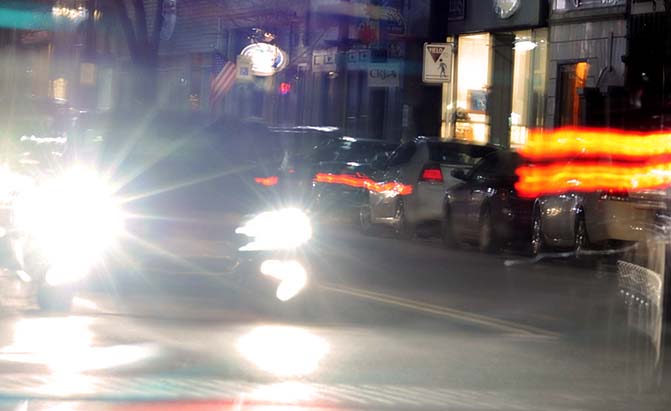










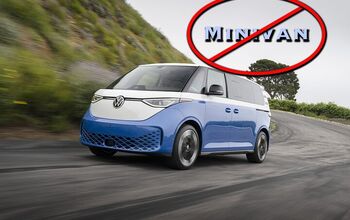
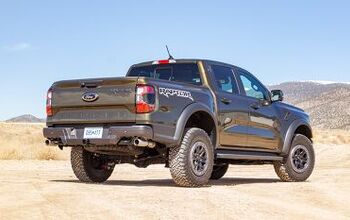

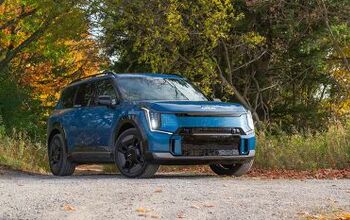


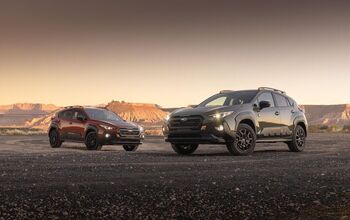
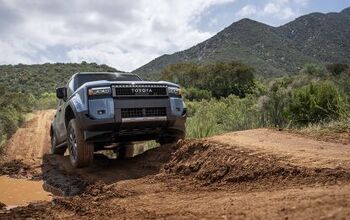
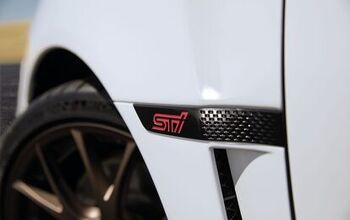
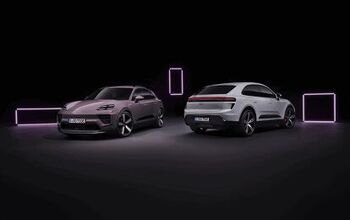
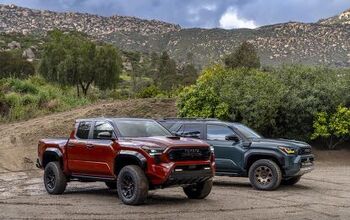







Comments
Join the conversation
My BMW X5 M50i has them. I paid a nice man from Canada, and he kindly unlocked the fully adaptive lights for me. Now, my US car works just like my UK car did before I relocated.